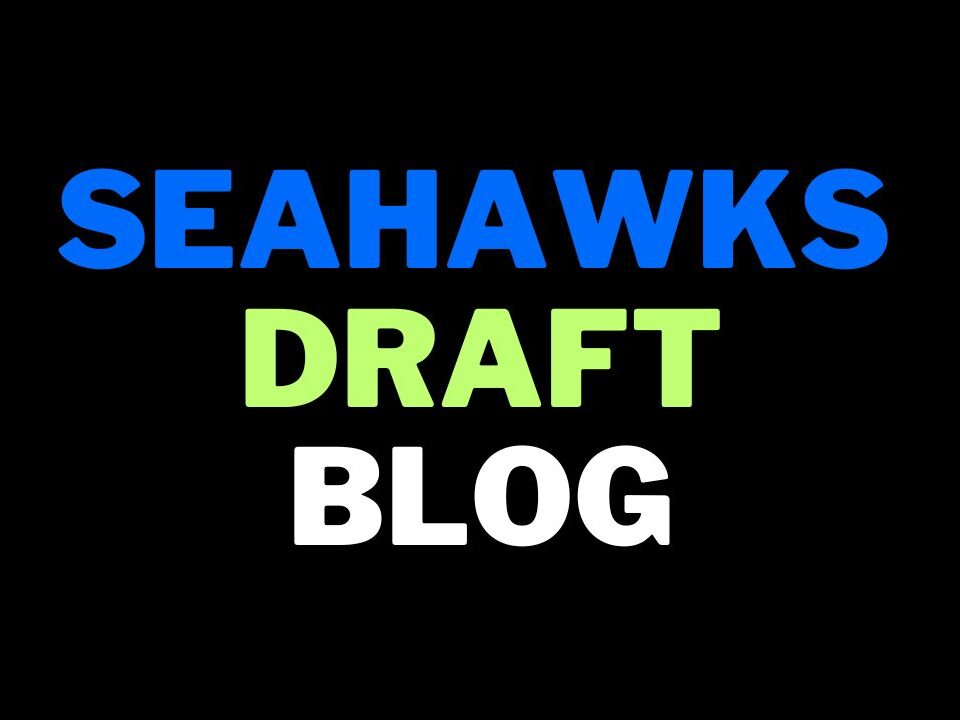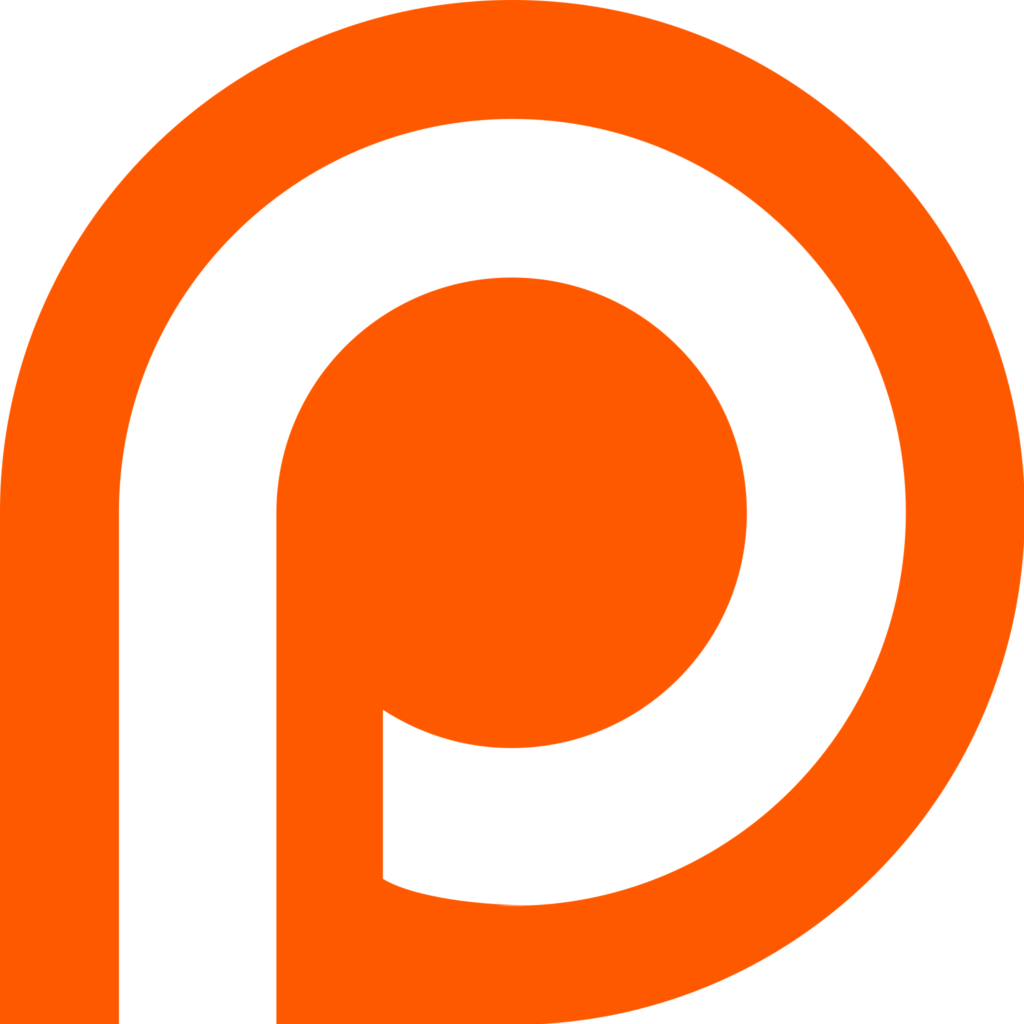Gee Scott predicted ‘jaw dropping change’ during a piece on 710 ESPN recently. Here’s what he said:
“When were the Seahawks most successful? They were most successful when Pete Carroll first got here and he says, ‘hey — I’m going to get a bunch of guys that believe and are all bought into me. So I’m going to draft that way.’ So even the folks that were here, they’re really like, ‘ah this Pete Carroll guy we don’t know about him.’ Well that’s OK because I’m going to draft the Earl Thomas’, the Kam Chancellor’s, the Richard Sherman’s, the Russell Wilson’s and so forth.
“Now with that being said, Pete Carroll’s about to do it all over again. Hence the reason why he made the huge changes with the coaching staff. And remember I said this — I’m going to say it right now. (voice rasies) There are about to be huge changes with this Seahawks team. I’m talking about jaw dropping changes to this Seahawks team. This is going to be a young team, it’s going to be unrecognisable. But at the end of the day, whoever is left still standing are people who I believe Pete Carroll thinks is going to buy in with what’s going on in the future.”
Change is expected. Mike Silver originally touched on it. The players themselves have discussed it. The extent of the churn is yet to be determined.
What would ‘unrecognisable’ actually look like?
There’s already an expectation that Cliff Avril and Kam Chancellor will retire or at least move on. A recent report from Ian Rapoport claiming Chancellor intends to continue playing deserves context. There’s a difference between an intention and being permitted to continue. This remains a situation that will be resolved by the doctors. Pete Carroll has stated it’ll be very difficult for either Avril or Chancellor to continue playing.
Michael Bennett has also admitted he doesn’t expect to be back.
These moves wouldn’t be all that surprising or jaw dropping.
Things get serious if Earl Thomas is dealt. He spoke at the Pro-Bowl and at the very least hinted at the possibility of a hold out if he doesn’t get an extension. It does feel like one way or another, Thomas’ future will be resolved before the draft. Either he signs a new extension or the Seahawks look for a deal. They won’t give him away, however. So theoretically he could stay on his current contract. It’s probably not an ideal scenario for either party, however.
Considering the weak options at safety this year, Thomas could be in-demand.
It’s also quite an unspectacular cornerback class which could mean relative interest in Richard Sherman. Considering his injury situation and contract status (one year remaining) he’s unlikely to provide any kind of value. Yet Mike Silver did say this in his piece on the Seahawks when he predicted major change on the defense:
Sherman, who tore his Achilles tendon in November, will be 30 next spring and is due to make $11 million (with a $13.2 million salary-cap number). The Seahawks shopped him in trades a year ago and are expected to move forward without him in 2018.
Sherman and Thomas departing, on top of Bennett, Avril and Chancellor would be major change. The entire defensive core, minus Bobby Wagner and K.J. Wright, would be out the door. Legends would be departing. It would be the end of an era — for the NFL and the Seahawks.
It would, however, leave them with significant cap room to make moves in free agency. And they would likely acquire extra draft picks, providing an opportunity to address needs (running game) and start the remake on defense.
Not everyone will be in favour of this level of change. Increasingly, however, it feels possible.
A change in approach?
Whatever happens, it feels like the Seahawks are on the brink of going back to their 2010 roots. Competition was at the heart of everything. Constant roster churn, no stone unturned. Carroll and Schneider really went after the roster build.
If you didn’t pull your weight (Lendale White) you were gone. It was a ruthless yet fair approach. It created an immediate culture.
In recent years, Seattle has been less about competition and more about rewarding stalwarts.
Few argued against the Bennett and Chancellor extensions at the time (I certainly didn’t) yet both, with hindsight, were ill-advised. The thinking was clear. This was a competitive team still capable of competing. Change? It wasn’t needed. Rewarding great players felt like the right thing to do.
The cliff face came abruptly as the injuries piled up in 2017. Suddenly Seattle looked like an old team. Not the vibrant, aggressive, energetic bunch that took on the league and won from 2011 onwards.
Both players deserved a reward. Sometimes, however, there’s a fine balance between what’s best for the player and the team. There’ll be a significant dead cap hit when both eventually depart (quite possibly in the next few weeks).
Justin Britt’s extension also comes with a question mark. The Ethan Pocic pick a year ago looked like a hedge. Perhaps even a hint that Seattle was prepared to let Britt test the water in free agency.
Instead, he signed a deal worth $9m a year. It’s debatable whether he’d get $9m a year on the open market after a so-so 2017 season.
His dead cap hit to part ways this off-season is $5.5m more than his cap hit of $6.16m. The benefit of parting ways in 2019 is also minimal. They might be locked into Britt until 2020 unless they want to take on another sizeable dead cap hit.
If the Seahawks want to improve their running game, they need to work on the interior O-line:
Offensive line yards before contact per RB attempt for the 2017 regular season pic.twitter.com/97gdHaS0UU
— Jeff Ratcliffe (@JeffRatcliffe) February 7, 2018
That’s not to say this is all on Britt. Competent guard and running back play could be equally as important. Yet the Seahawks wanted to reward Britt for the progress he showed in 2016 and are now committed to another big contract.
Hindsight is a great thing but if the Seahawks had allowed Britt, Bennett and Chancellor to run down their contracts, they’d be about $25m better off in cap space this off-season.
The Seahawks need fewer of these deals and more competition. More players fighting to get the big money. And when those players reach a point where it’s time to talk contract, they need to be ruthless. Fewer third contracts, paying the best big money and being prepared, sometimes, to move on.
You can now support Seahawks Draft Blog via Patreon by clicking the tab below.


